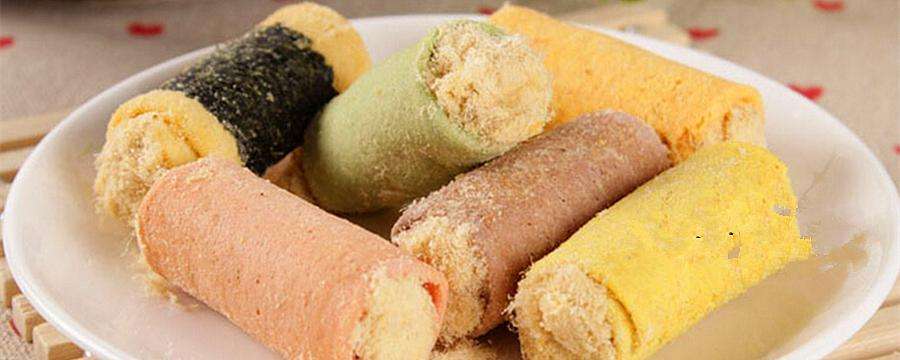GUANGDONG KELONG BIOTECHNOLOGY CO., LTD.
Add: No.5-17 and No.5-32, South area of Qibao Industry and Trade, Huicheng, Xinhui, Jiangmen, Guangdong, China
Tel:+86-750-6978788
Fax:+86-750-6978868
Wechat: 13828063050
Website: http://www.kelongbio.com
Email: export@kelongbio.com
marketing@kelongbio.com
It was learned from the official website of the State Food and Drug Administration that the recent sampling inspection by the food and drug supervision department found that some fruit products had problems with the use of "colorants" beyond the scope and exceeding the limit. Experts remind consumers: consumers should look at colorants rationally, and do not over-purchase the "face value" of food.

According to the results of the 2015 food safety supervision sampling inspection disclosed by the Food and Drug Administration, the over-range and over-limit use of food additives including colorants accounted for 24.8% of the unqualified samples. The reason is that some manufacturers do not understand the relevant standards, lack of corresponding technical management, and some manufacturers deliberately want to save production costs, or one-sided pursuit of product sensory effects.
What is food pigment?
Food pigment, also known as food pigment, is an edible substance that colors foods to improve the color and color of food. Before the 10th century AD, the ancients began to use the natural pigments of the plant to color the food. Food coloring is divided into artificial food coloring and natural food coloring, artificial food coloring is carmine red and lemon yellow, etc., and food coloring pigments include curcumin and carotene. Food coloring is pleasing to the eye and stimulating people's appetite, but it can also endanger people's health.
China restricts the use of synthetic pigments
China also imposes strict restrictions on the addition of synthetic pigments to foods: all meat and processed products, fish and processed products, vinegar, soy sauce, fermented bean curd and other condiments, fruits and their products, milk and dairy products, baby food Artificial synthetic pigments cannot be used for biscuits or cakes. Only soda, cold food, confectionery, blended wine and juice can be used in small amounts, generally not more than 1/10000.
At present, there are 6 varieties of edible synthetic pigments approved for use in China, namely amaranth, carmine, lemon yellow, sunset yellow, indigo and bright blue. Although the harm to these six edible synthetic pigments is still inconclusive, they do not have any nutritional value and do not help human health. If they do not eat, try not to eat them.
In fact, driven by huge economic interests, the excessive use and excessive use of synthetic pigments in foods in China has been repeatedly banned. Everyone must be careful when purchasing food, and do not excessively pursue the pigment of food.
Natural pigments are replacing synthetic pigments
Correspondingly with people's understanding of the harmful effects of synthetic pigments, natural pigments are receiving more and more attention.
In stark contrast to synthetic pigments, edible natural pigments are not only non-toxic, but also have certain nutrients and even certain pharmacological effects. At present, the development of natural pigments, the use of natural pigments instead of synthetic pigments has become a trend in the food and cosmetics industry.
According to reports, there are 97 natural pigments allowed in Japan, accounting for 90% of the market. There are also 48 natural pigments allowed in China.
However, due to the complexity of the natural pigment composition, the structure may change during processing or impurities, so it cannot be blindly considered to be absolutely pure and harmless. However, it should be affirmed that modern production, management, analytical testing, process improvement and other measures can reduce the adverse effects of synthetic pigments and natural pigments to a safe level. As long as synthetic pigments and natural pigments are used in strict accordance with national regulations, pigments will bring joy and pleasure to people, and our world will become more beautiful.